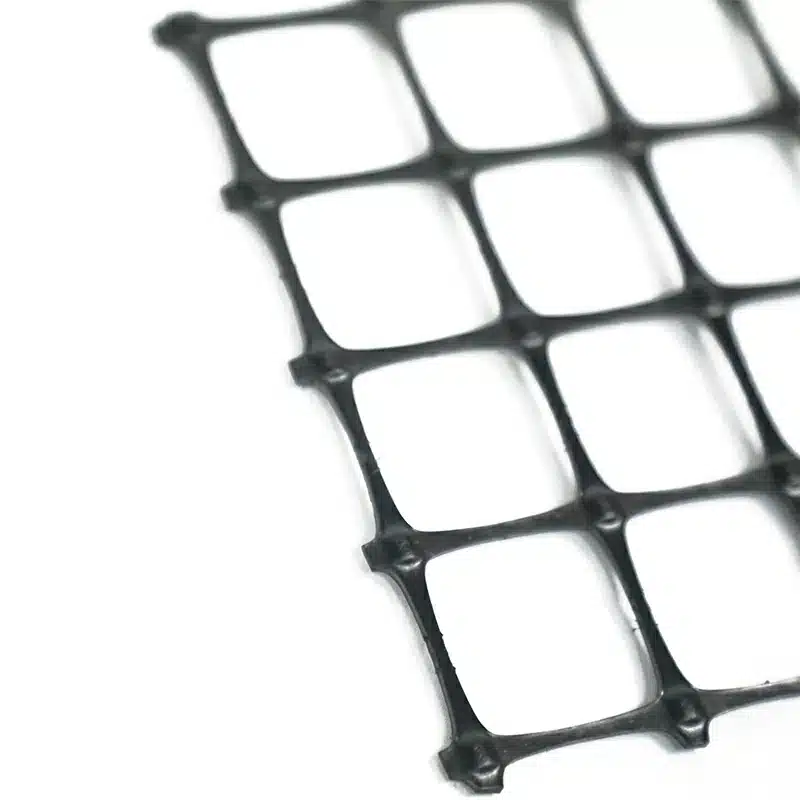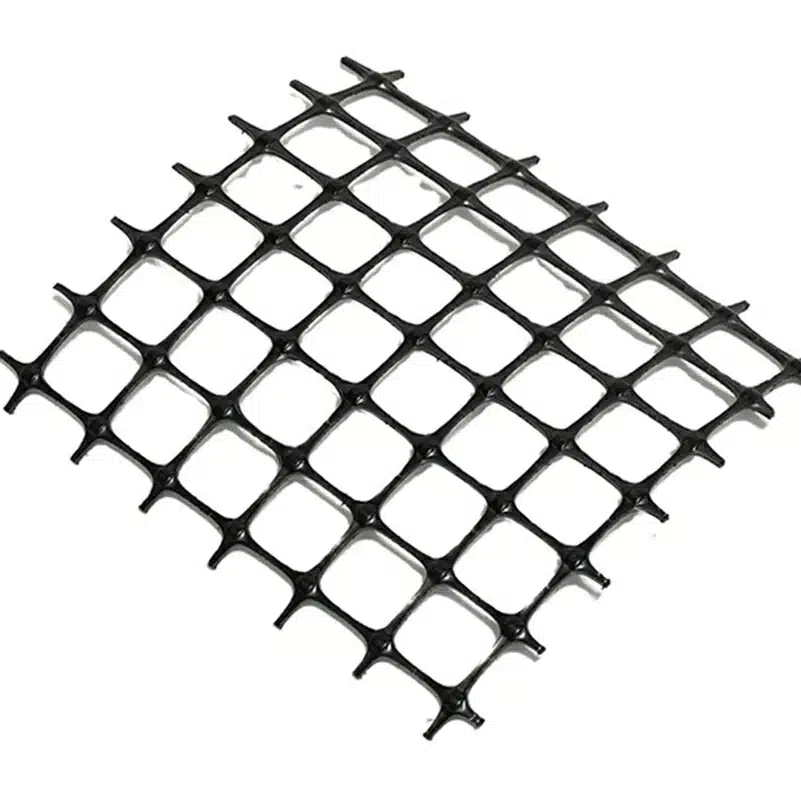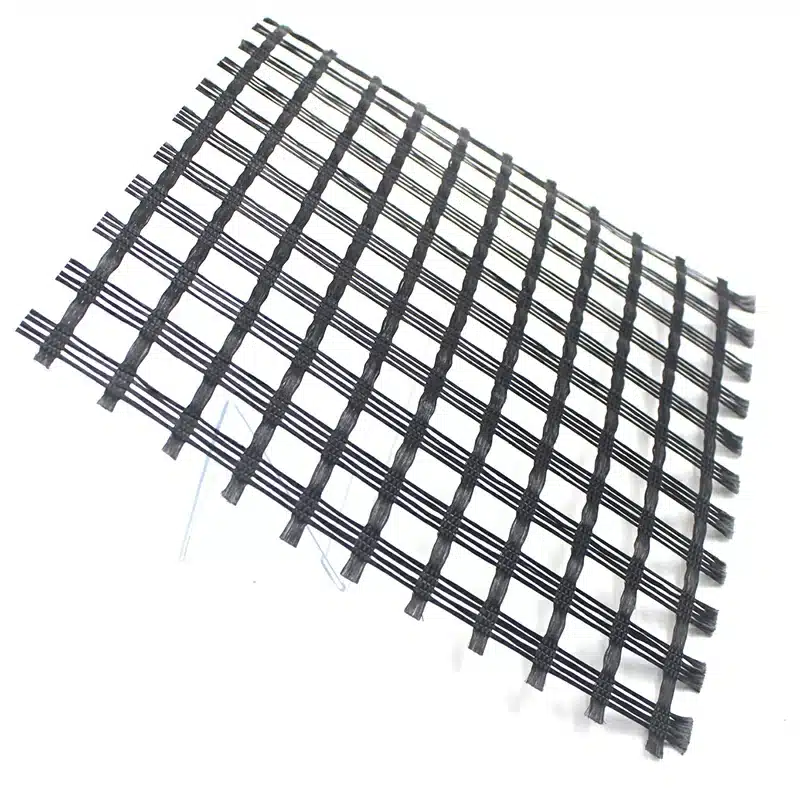Geogrids Explained: Revolutionizing Infrastructure Stability
Geogrids, a term often encountered in the realms of civil engineering and construction, are pivotal to numerous projects across the globe. These synthetic materials, characterized by their open, grid-like structure, serve a crucial role in reinforcing soil. One notable application is their ability to create a reinforced coherent mass behind the retaining wall by stabilizing the soil, thus enhancing the stability and durability of infrastructures. They are the unsung heroes of the construction world, not only improving ground conditions but also ensuring the longevity and reliability of structures built upon them. This article explores the functionality, necessity, applications, and effectiveness of geogrids, offering insights into how these materials contribute to the advancement of construction technology, including their integral role in establishing a firm foundation behind retaining walls.

What is the function of the geogrid?
The primary function of geogrids lies in their ability to reinforce soil. By distributing loads over a broader area, they effectively stabilize earth, preventing soil erosion and providing support to structures built on top. Additionally, geogrids can provide reinforcement, stabilization, and even filtration when used with properly sized aggregate fills, making them a versatile tool in ground engineering. They work by interlocking with soil particles, thereby enhancing the shear resistance and overall stability of the soil. This multifaceted mechanism not only improves the load-bearing capacity of the soil but also significantly increases its resistance to deformation under pressure, showcasing the broad spectrum of benefits that geogrids bring to civil engineering and construction projects.
Why do you need geogrid?
Geogrids are essential for several reasons. First, they provide a cost-effective solution for reinforcing poor soil conditions, making it possible to construct on lands that were previously considered unsuitable for development. Their use significantly reduces the depth of excavation required on unsuitable subgrades, further enhancing project efficiency and cost-effectiveness. Additionally, they reduce the need for expensive, imported fill materials by maximizing the use of local soil. Geogrids also contribute to environmental sustainability by minimizing soil erosion and promoting vegetation growth on reinforced surfaces. In essence, geogrids offer an economical, efficient, and eco-friendly solution for overcoming common ground engineering challenges, streamlining construction processes and fostering environmental stewardship.

Where are geogrids used?
Geogrids find applications in a wide array of projects, including construction, landscaping, and hardscaping projects, ranging from small-scale efforts to large-scale civil engineering works. They are commonly utilized in the construction of roads, railways, retaining walls, embankments, and more, where ground stability is of paramount importance. Beyond these traditional uses, geogrids also play a vital role in landfill construction, slope stabilization, and erosion control projects, demonstrating their versatility and adaptability to various soil types. This breadth of application makes them an indispensable tool not only in the construction industry but also in environmental management and aesthetic landscaping and hardscaping projects, underscoring their utility across a spectrum of developmental and conservation efforts.
How effective is Geogrid?
The effectiveness of geogrids, with their impressive tensile strength of 1885 lbs/sq ft, has been demonstrated through both laboratory testing and real-world applications. Studies have shown that incorporating geogrids into construction projects can significantly reduce settlement and increase the lifespan of the infrastructure. This high tensile strength is crucial in areas prone to natural disturbances such as earthquakes, landslides, and heavy rainfalls, where geogrids provide additional stability and resilience. The success stories of geogrid applications underscore their ability to deliver cost-effective, durable, and reliable soil reinforcement solutions, thanks to their substantial strength and versatility in stabilizing different terrains.
Geogrids are a cornerstone of modern engineering, offering innovative solutions to complex construction challenges. Through their ability to reinforce soil, enhance stability, and ensure sustainability, geogrids play a crucial role in the successful completion of various projects. Their widespread use across different applications highlights their effectiveness and versatility. As technology advances, the applications of geogrids are set to expand, further solidifying their position as an essential component of contemporary construction and environmental management practices.



Comments
Post a Comment